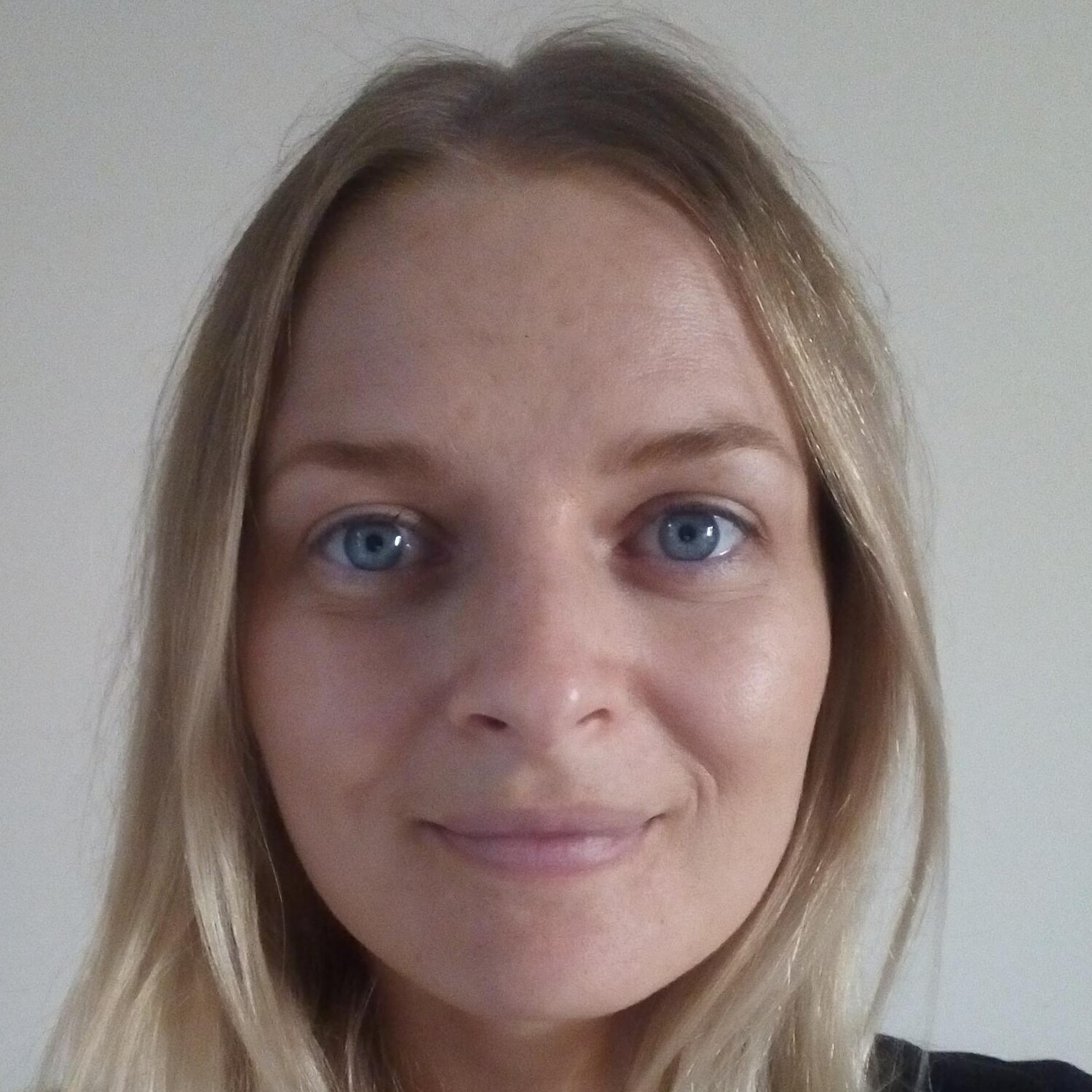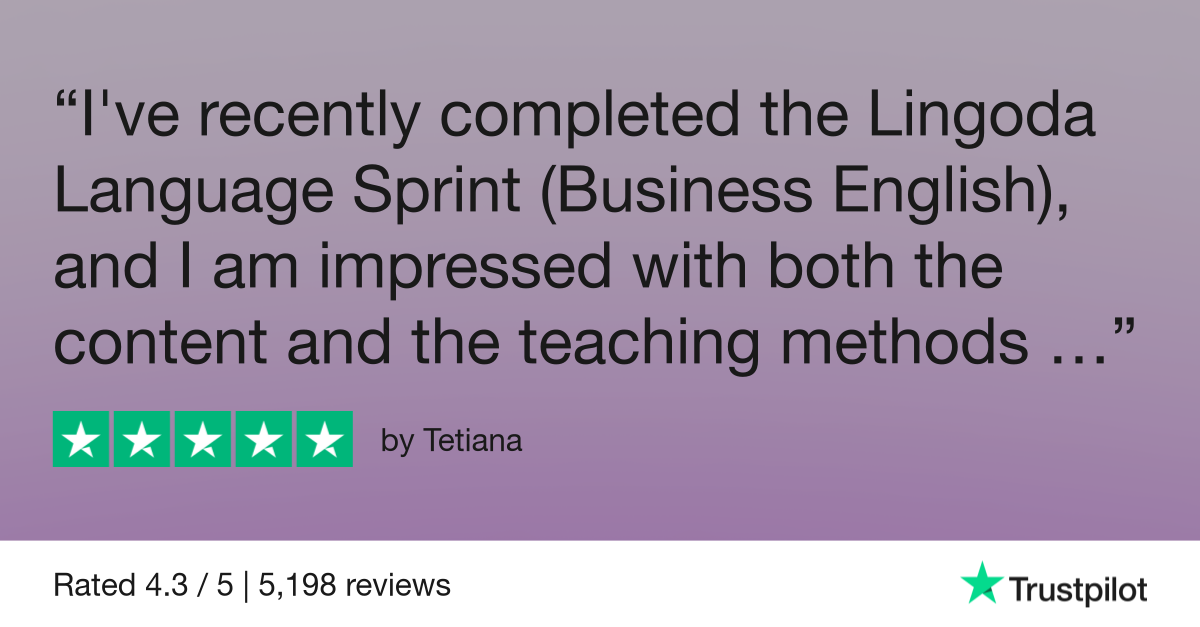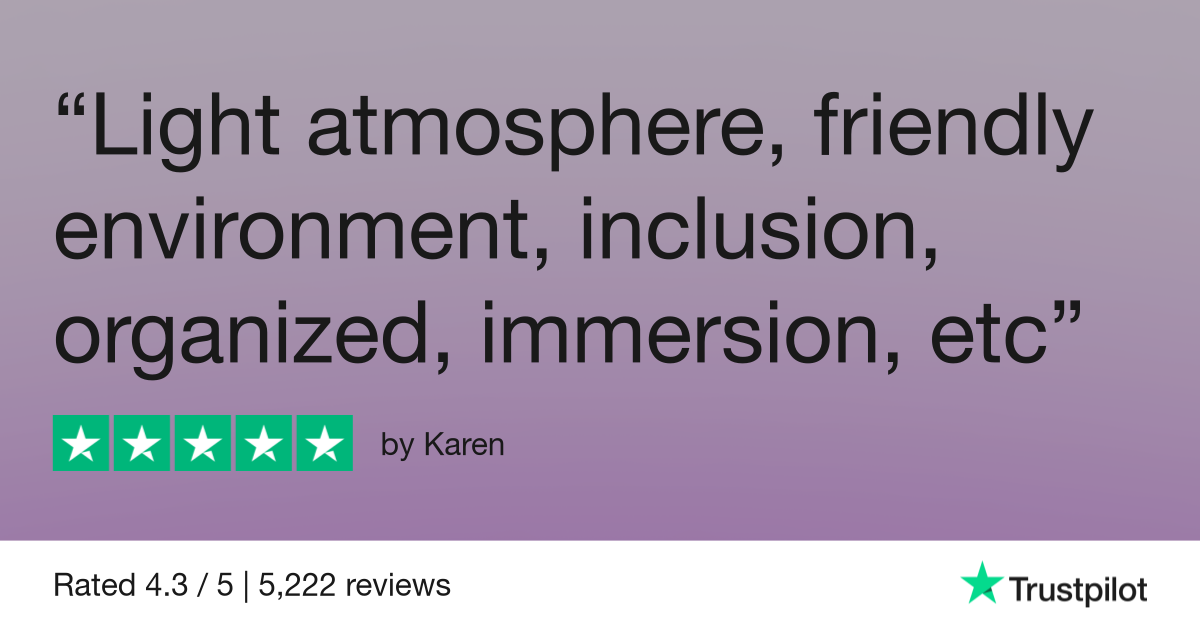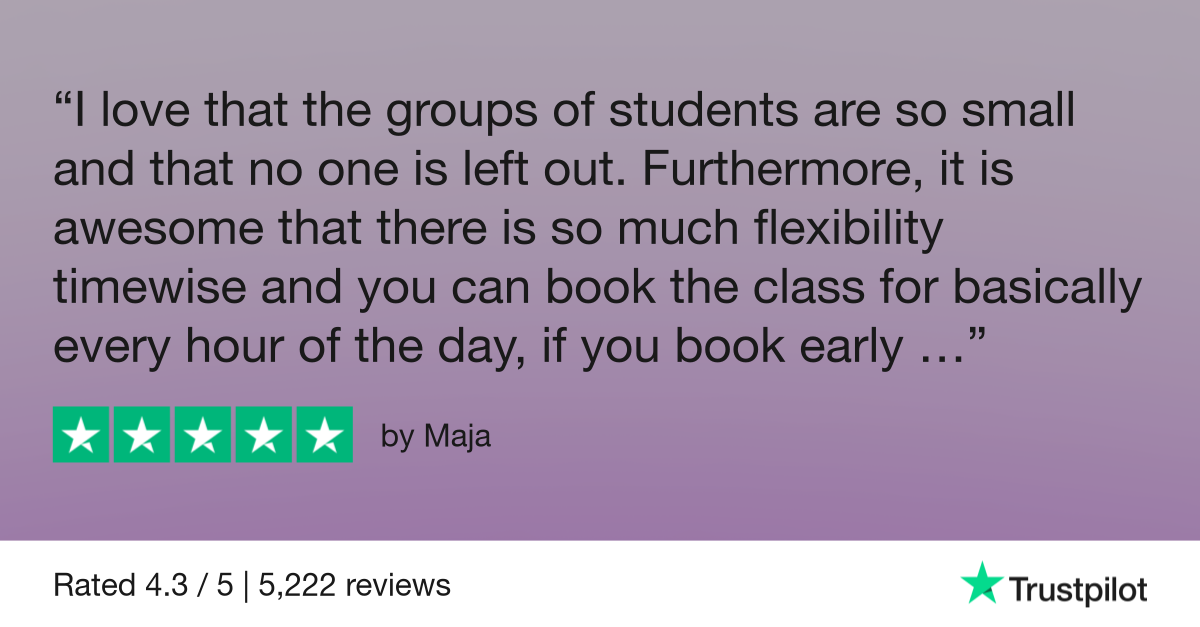Understanding and using the present progressive (continuous) in English

The present progressive tense, also called the present continuous, is used to talk about actions happening now, temporary situations, and future plans. It's one of the first English tenses learners study, and one of the most commonly used in everyday conversation. But, it’s also a tense that learners struggle to use accurately.
In this article, you'll learn how to form the present progressive, when to use it, and how it compares to the present simple. You'll also see common examples and learn practical tips for using it correctly in real-life situations, from daily routines to professional settings. Whether you're learning English for work, study, or travel, understanding this tense will help you speak more naturally and confidently.
- What is the present progressive tense?
- When to use the present progressive tense
- How to form the present progressive tense
- Present progressive vs. present simple
- Practical examples and tips for mastering the present progressive
- FAQs
What is the present progressive tense?
The present progressive is an English present tense. It is used to describe actions currently in progress, temporary situations, and future arrangements. We can also use it to talk about situations that are changing and to express annoyance. We form the present progressive like this:
subject + am/is/are + present participle (-ing verb)
It’s very common to contract ‘be’ in the present progressive, especially in speech and informal writing. (I am → I’m; we are → we’re) Here are some examples of the present progressive:
- I’m trying to finish this report.
- You are making too much noise.
- He’s running really quickly.
- We’re just driving home.
- They are learning English.
We don’t tend to use stative verbs in the present progressive. We use the present simple instead.
- I’m understanding. ❌ → I understand. ✅
- He’s believing anything you tell him. ❌ → He believes anything you tell him. ✅

Learn English with Lingoda
How it works

When to use the present progressive tense
Actions happening now
One of the most common uses of the present continuous tense is to talk about actions happening now, either at the moment of speaking or around the time of speaking. These are unfinished actions — they’re in progress.
- What are you doing?
- I’m cooking dinner. ← This most likely refers to what’s happening at exactly the moment of speaking.
- They are renovating their house. ← They may not be doing this at the exact moment of speaking, but the renovation is in progress now.
Temporary situations
We use the present progressive to talk about situations or actions that we see as temporary rather than permanent or habitual.
- She’s staying with her sister this week. (But she normally lives somewhere else.)
- We are working in Paris for the next few months. (But we normally work in Warsaw.)
- I’m going to the gym in the mornings at the moment. (But I normally go at another time of day.)
Future plans
The present progressive can also express future plans or arrangements. These are things in the future that have already been planned or organised.
- We’re having dinner with my parents tomorrow.
- Ingrid is starting a new job next week.
- I’m going to Los Angeles on Sunday.
Changing or developing situations
To talk about situations that are evolving or developing over time, we can also use the present continuous. The implication is that the situation will continue to change as time goes on.
- My children are growing up so quickly!
- The weather is getting better every day.
Repetitive actions with 'always’
We can also use the present progressive with the adverb ‘always’ to express annoyance at habits or to make complaints. ‘Always’ appears after ‘be’.
- You’re always losing your keys!
- He’s always interrupting me.
How to form the present progressive tense
Negative sentences
To form negative sentences in the present progressive, we use this structure:
subject + be + not + -ing verb
- I’m not enjoying this film.
- Kate is not feeling well.
- They’re not behaving very well.
Questions
We form yes/no questions in the present continuous like this:
be + subject + -ing verb
- Are you leaving?
- Is he having dinner with us?
We form wh-questions similarly:
wh-word + be + subject + -ing verb
- Where are you going?
- Who is she speaking with?
Present progressive vs. present simple
Here is a comparison table showing some of the main ways the present progressive and present simple are used, with examples.
| Present progressive | Present simple |
| actions happening now or around now I’m having breakfast. Can I call you back?. | regular habits and routines I have breakfast at 7 every morning. |
| temporary actions or situations He’s living in London for the summer. | permanent states or facts He lives in New York. |
| developing or changing situations The sun is rising earlier every day at the moment. | general truths and scientific facts The sun rises in the east. |
| future plans and arrangements We’re going to Berlin tomorrow. | timetables / fixed schedules The train leaves at 8 in the morning. |
Practical examples and tips for mastering the present progressive
One of the best and easiest ways to master the present progressive is to narrate your actions throughout the day.
- I’m washing my face. Now I’m brushing my teeth.
To add more variation, try imagining what other people are doing at that moment or describe images of people (we use continuous tenses to do this in English). Doing this should help you nail the structure.
In professional settings, the present continuous is essential for describing what you’re currently working on, what your plans are, and to describe changes:
- We’re working on the Q3 report.
- Our team is growing rapidly this year.
If you would like to master the present progressive, learn English online with Lingoda. Lingoda’s small-group classes give you plenty of time to practise, and you’ll be guided by a native-level teacher, who can provide useful, real-life examples and help you sound more natural.
What is an example with present progressive?
“I am listening to a podcast.” This is an example of a present progressive sentence.
What 3 things do you need to form the present progressive?
To form the present progressive, you need a subject, the auxiliary verb ‘be’ in the present tense, and a present participle (-ing verb).
What is the rule for present progressive?
Generally, we don’t use stative verbs in the present progressive. We use action verbs.
Final thoughts on the present continuous
The present progressive helps you talk about what’s happening now, what’s changing, and what’s planned. Mastering it will help you make distinctions between temporary and permanent situations and future plans versus things you’d simply like to happen.
The best way to learn English, including practising the present progressive in real conversations, try online language learning with Lingoda. Classes are available 24/7, so you can study when it suits you. Thanks to Lingoda’s small class sizes, you’ll learn to use the present progressive and speak with confidence from day one.

Learn English with Lingoda
How it works

















